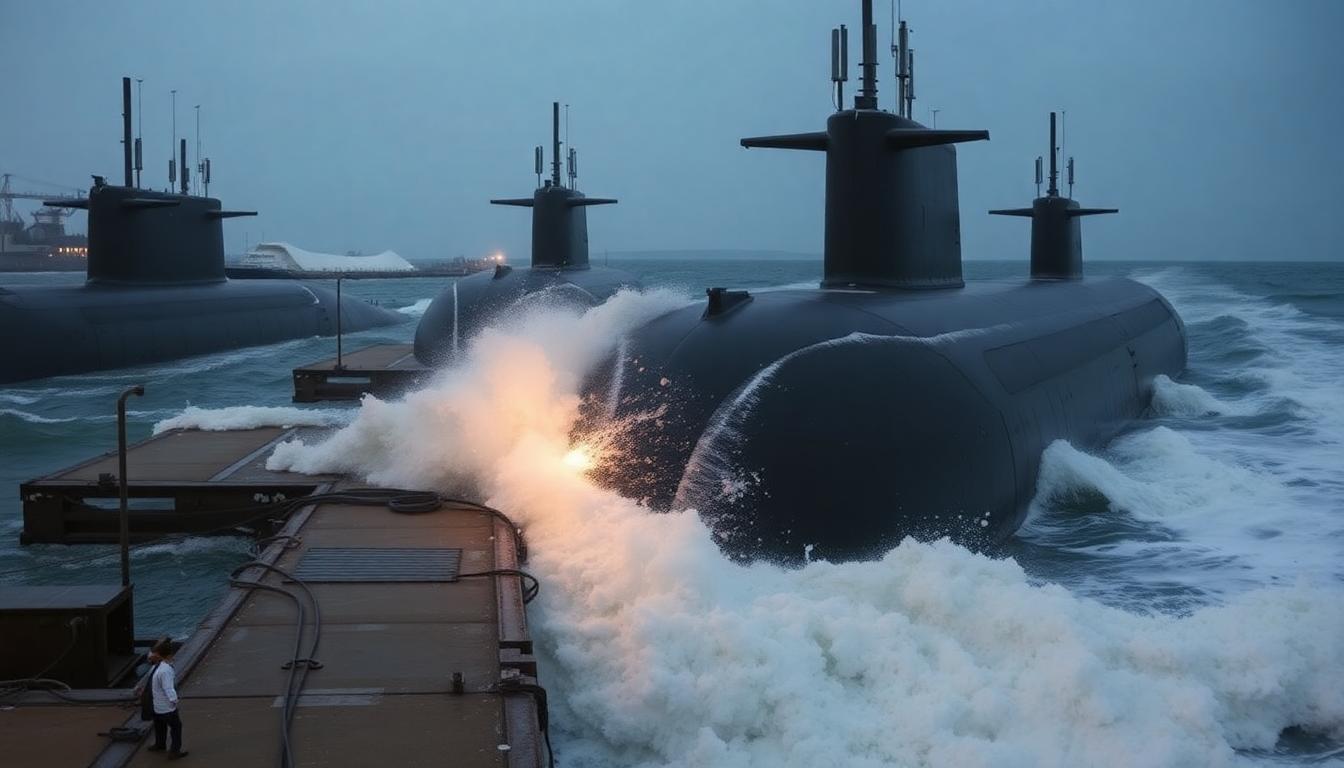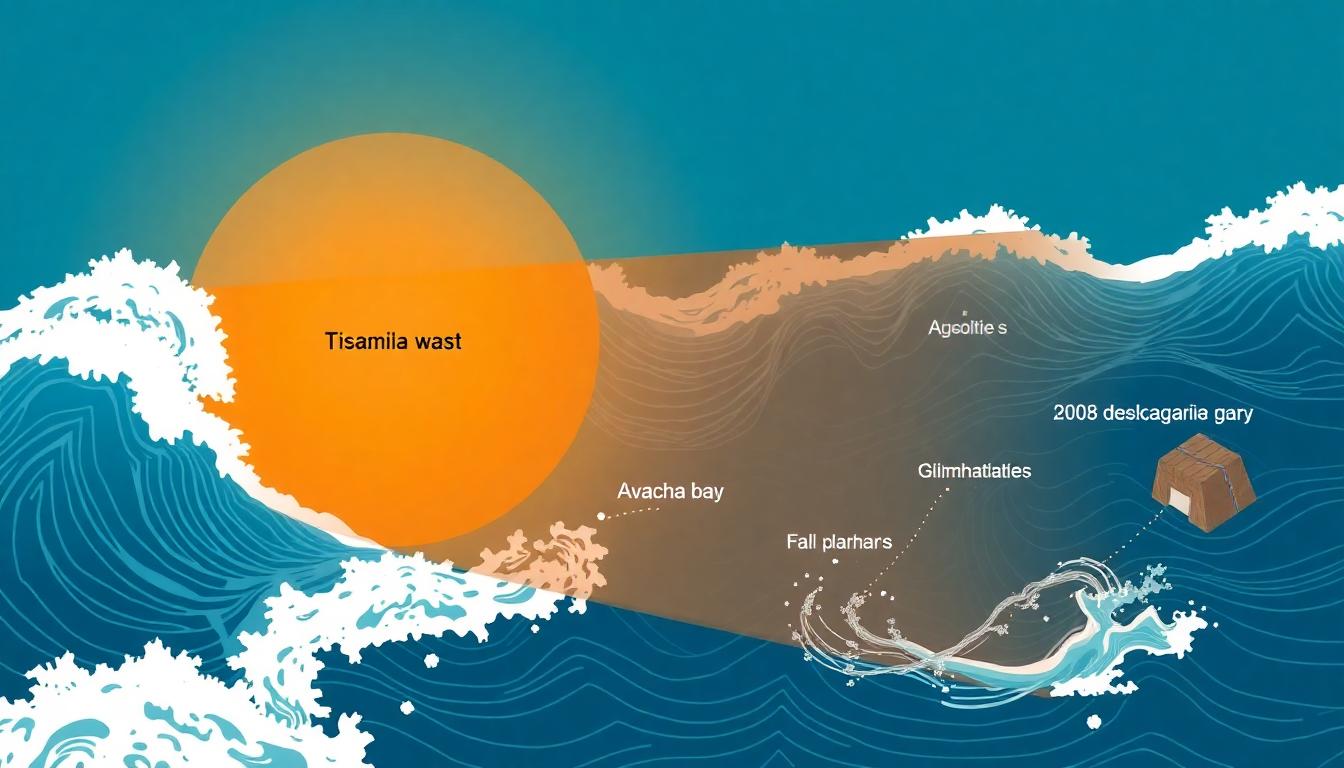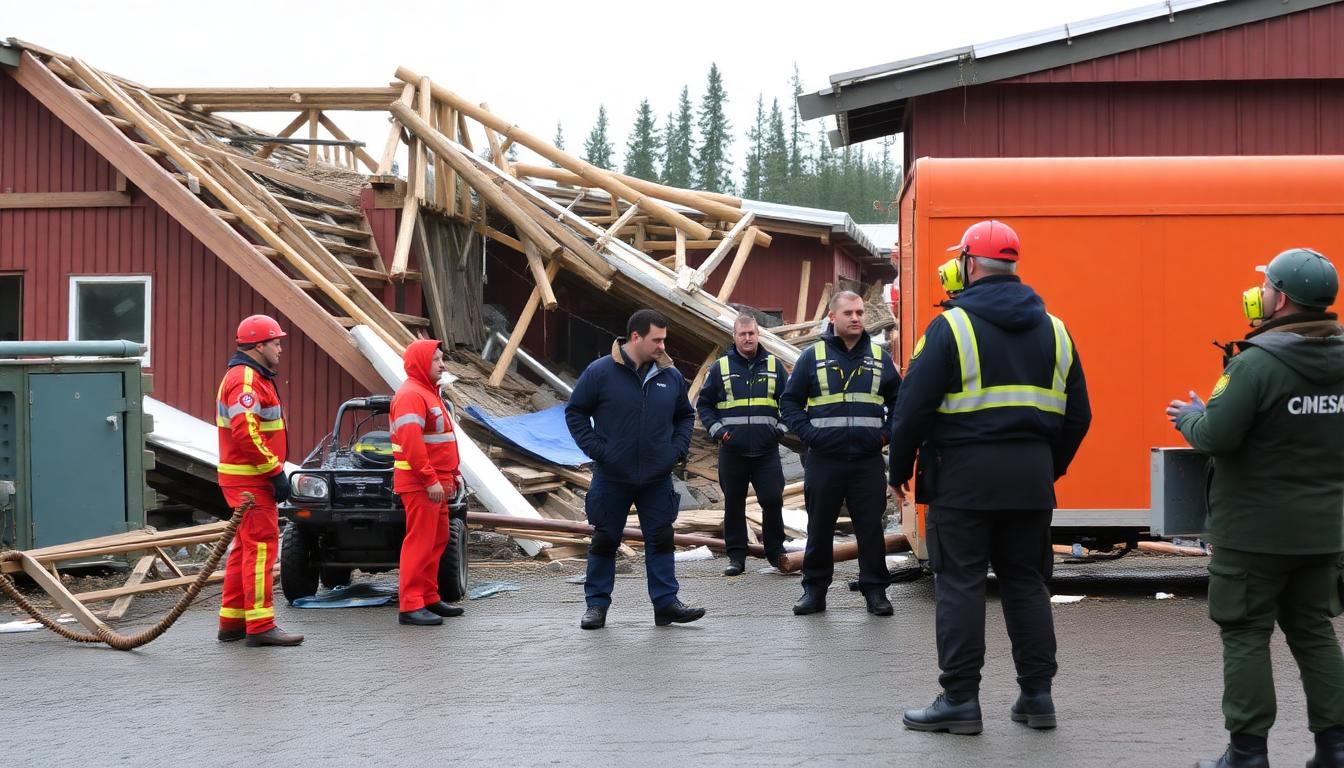A massive 8.8-magnitude earthquake struck off Russia’s Kamchatka Peninsula in August 2025, shaking the region’s vital military infrastructure and sparking worldwide concern. The seismic jolt was one of the strongest ever recorded in the area, sending tsunami waves crashing into the country’s top Pacific submarine base at Avacha Bay. New satellite images show clear damage at the Rybachiy nuclear submarine facility, home to some of Russia’s most advanced ballistic missile submarines.
Earthquake and Tsunami Hit the Heart of Russia’s Pacific Fleet
The early morning quake was centered just offshore, about 75 miles from crucial Russian Navy sites including Rybachiy and Petropavlovsk-Kamchatsky. Within 15 minutes, tsunami waves up to five meters high battered the nearby coast, including the critical Rybachiy naval base. This site is not just a symbol of Russian naval power but also a strategic storage and launch point for much of the country’s nuclear submarine fleet.
Satellite images captured before and after the disaster, including Synthetic Aperture Radar (SAR) scans, quickly revealed part of the Rybachiy pier had bent at a sharp angle. The damage appeared severe, suggesting that at least one section of the pier had been detached by the tsunami’s force—a critical concern for docking and safety.
Nuclear Submarine Base: What’s at Stake?

Rybachiy is the main base for Russia’s Pacific Fleet nuclear submarines. The facility houses Borei-class ballistic missile subs, Yasen-M attack subs, Oscar-class SSGNs, and various support ships. Its piers, shipyards, and missile-loading docks are all vital for Russia’s strategic nuclear deterrence.
Fortunately, initial reports and imagery confirm that while the pier was damaged, the submarines themselves appear not to have been harmed. These vessels are sheltered in reinforced pens, built to resist even major earthquakes. Still, experts caution that secondary effects—like possible hull impacts or water intrusion through open hatches—remain risks until thorough inspections are complete.
The Science Behind a Historic Quake

This earthquake is now classified as the sixth-largest recorded globally since 1952. It resulted from a megathrust event: the Pacific Plate slipped beneath the Okhotsk Plate, releasing huge amounts of energy. The rapid tsunami followed quickly, leaving little warning and highlighting the severe geological risks facing coastal infrastructure.
Tsunami waves inundated much of the peninsula’s shoreline—striking fish plants, harbors, and military installations. The tremor’s energy also triggered volcanic unrest, including an eruption at Klyuchevskaya Sopka, Eurasia’s highest active volcano. These cascading events show just how complex the region’s geophysical systems are after such a powerful quake.
Emergency Response and Ongoing Risk

Russian military and emergency responders moved fast to inspect submarine shelters, repair utility lines, and reinforce key parts of the base. Defense officials highlighted that the Rybachiy submarine pens are engineered for earthquakes, and the shape of Avacha Bay offers some protection from waves.
Early signs are positive: no serious injuries or environmental emergencies have been reported at the base. However, pier repairs and full structural checks will take time. Satellite analysis and drone footage are helping Russian engineers and global analysts track the recovery.
Implications for Russian Security and Military Planning
The incident is a stark reminder of the vulnerability of even the most well-defended military assets to natural disasters. Rybachiy’s concentration of submarine power in a single, seismically active zone poses long-term risks. Defense planners now face renewed pressure to update construction standards and emergency drills for key bases.
Global security observers are watching for any signs of operational disruption or accidental nuclear hazards. So far, none have emerged. But questions remain: Could secondary damage have gone unnoticed? What about impacts on submarine crews and backup systems?
Regional and Global Consequences
The Kamchatka quake triggered tsunami alerts and evacuations in far-off places, including Japan and Hawaii, reminding the world that seismic events have global reach. Russia’s quick recovery efforts and publicly-shared satellite images have reassured some observers, but highlight the ongoing tension between military secrecy and public safety.
Lessons Learned
- Satellite images are crucial for rapidly assessing damage to secure facilities in disaster zones.
- Even high-security, nuclear-equipped military bases need robust disaster planning.
- Strategic risks grow when many critical assets are concentrated in hazardous locations.
Looking Forward
Rybachiy and its submarines will remain under the microscope as recovery continues. This episode is a call for advanced disaster-resilient engineering across the world’s naval and nuclear sites.
To contact us click Here .

